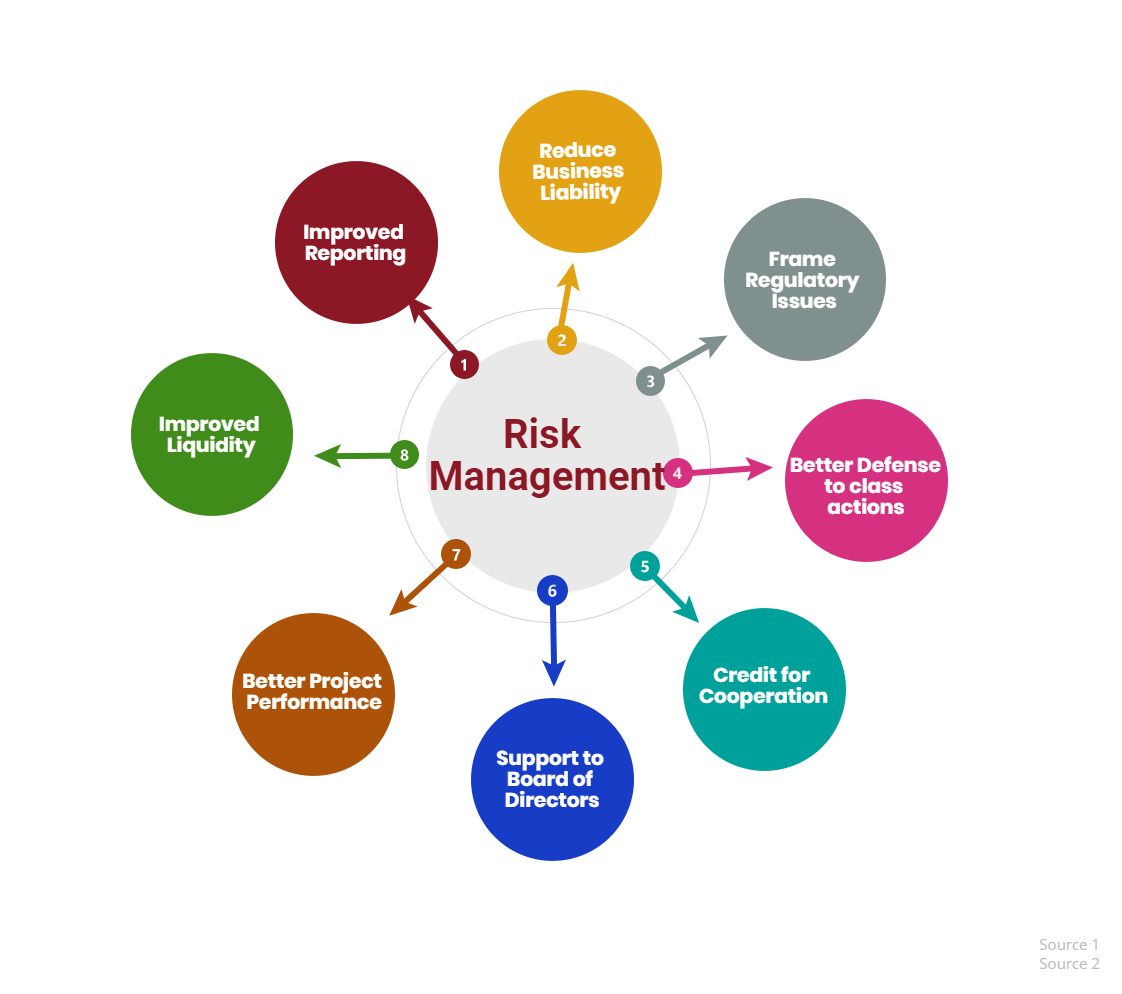Swansea is a coastal city lies on the south coast of Wales with a population of around 241,300 in 2014. The county of Swansea is the second largest and most populous city in the Wales followed by Cardiff. The city is situated between the ancient Welsh and Glamorgan‘s historic county boundaries and surrounded by Bristol Channel and Swansea Bay. The city was also known as Copperopolis due to the presence of copper industry in the 19th century. The town got the city status in 1969 during the Prince Charles’s tour to Wales. The city comprises four physical areas include Gower Peninsula, urban and suburban zone stretching to the towns of Gorseinon, Lliw uplands and coastal strip around Swansea Bay.
History
The name of the city is derived from Sveinn’s island, referring settlement is developed on the raised ground in marshes. The early evidence of the area demonstrated the Bronze Age, Stone Age and Iron Age. It has been suggested that the city has developed as a Viking trading post. The first charter was granted to the city in the 11th century and it gained the status of the borough. A marcher lordship was formed in the city after the Norman Empire and incorporated land around the manor of Kilvey, Swansea Bay and the peninsula. The borough charter was granted between 1158 and 1184 and gained the status of chief lordship town.
During the Industrial Revolution, the city served as the key logical base for copper smelting works. The wool, cloth, wine and coal was traded through the Swansea port. The population of the city expanded significantly in the 18th century. The lower Swansea valley was filled with waste products and derelict works due to decline in heavy industries in the town in the 20th century. The Lower Swansea Valley Scheme was introduced in the city to bring the wasteland into the usable condition. This resulted in the construction of Enterprise Zone over the wasteland and north and south dock became Parc Tawe and Marina respectively. The city was the prime target of German bombers during the Second World War due to the presence of the heavy industries in the town and the centre of the town was significantly affected.
Economy
The economy of the city was based on metals, copper and mining industry in the 18th century. These heavy industries declined and the majority of the copper ores were melted in the lower Swansea valley. The trend of the economy shifted to light industries and service sector. More than 90% of the workforce is engaged in the service sector including banking, finance, education, public administration and insurance. Headquarter of the Driver and Vehicle Licensing Agency is based in the city and provided employment to around 6000 people in the city while other major employers in the city include Virgin Media, Amazon, Admiral Group, BT and HSBC. The city is home to the worldwide customer care centre of the Virgin Atlantic, handling baggage claims, customer relations, reservations and sales.
Education
The city has six infants, one nursery, five junior, fifteen comprehensive and seventy-seven primary schools in the city. The campus of Swansea University is located in the Singleton Park for higher education. The engineering department of the university has done an outstanding work for solving engineering design problems and acknowledged as a centre of excellence. The other departments of the university such as Physics, Computer Science and History were also renowned for their achievements. The third best medical school in the country after Cambridge and Oxford ‘Swansea University Medical School’ is located in the city. The other higher educational institutes are Gower College and University of Wales Trinity Saint David.




